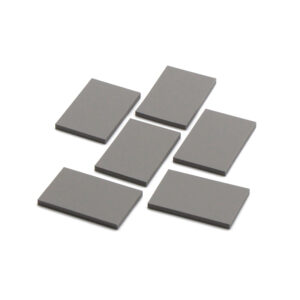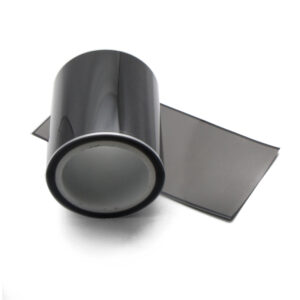Thermal management is a critical aspect of electronic design that ensures optimal performance, reliability, and longevity of electronic devices. The efficient transfer and dissipation of heat generated by electronic components is essential to prevent damage and ensure optimal performance. In this article, we will discuss the importance of thermal management and the various techniques used to achieve it.
Why is Thermal Management Important?
Thermal management is essential for several reasons:
Preventing component damage: Electronic components generate heat during operation, and excessive heat can cause damage to the components, leading to reduced performance and reliability.
Maintaining performance: Electronic components perform optimally within specific temperature ranges, and efficient thermal management ensures that components operate within these temperature ranges, maintaining their performance.
Increasing longevity: Electronic components that operate within their recommended temperature ranges have longer lifespans than those exposed to excessive heat.
Reducing energy consumption: Electronic components that operate within their recommended temperature ranges are more energy-efficient than those exposed to excessive heat.
Thermal Management Techniques
Several techniques are used for thermal management in electronic devices, including:
Heat sinks: Heat sinks are passive cooling devices that absorb and dissipate heat generated by electronic components. They consist of a metallic or ceramic material with fins or other shapes that increase the surface area for heat dissipation.
Thermal interface materials: Thermal interface materials (TIMs) are materials that improve heat transfer between electronic components and heat sinks. They include thermal pads, thermal grease, and thermal adhesive tape.
Heat pipes: Heat pipes are highly efficient heat transfer devices that use evaporation and condensation to transfer heat from one point to another.
Liquid cooling: Liquid cooling uses a coolant to absorb and transfer heat from electronic components to a radiator, where the heat is dissipated into the surrounding environment.
Airflow management: Proper airflow management within electronic devices can enhance heat dissipation and improve thermal performance.
Importance of Choosing the Right Thermal Management Solution
Choosing the right thermal management solution is critical to ensure optimal performance and longevity of electronic devices. Different electronic devices require different thermal management solutions, depending on their size, power consumption, and heat generation.
Failure to choose the right thermal management solution can result in reduced performance, increased energy consumption, and even permanent damage to electronic components.
Conclusion
Thermal management is a critical aspect of electronic design that ensures optimal performance, reliability, and longevity of electronic devices. Various thermal management techniques, including heat sinks, thermal interface materials, heat pipes, liquid cooling, and airflow management, are used to achieve efficient heat transfer and dissipation. Choosing the right thermal management solution is crucial to ensure optimal performance and longevity of electronic devices. As electronic devices continue to become more powerful and compact, the demand for efficient thermal management solutions will continue to increase.
Related Products

CTLC600 thermal pad
CTLC600 The high thermal pad is characterized by high thermal conductivity and good insulation performance. The raw materials of the product are made of Denka high thermal conductivity spherical alumina powder and Dow Corning polymer. It is a cost-effective thermal conductivity Insulation filling material, the natural micro-viscosity and softness of the surface can fully fill the air gap, complete the seamless heat transfer between the heat source and the heat sink, and improve the thermal conductivity. It is often used in scenarios requiring high-performance thermal conductivity, and is an ideal thermal interface material.

CTLCV-200S SIL PAD
CTLCV-200S High thermal conductivity SIL PAD is a kind of thin thermal conductive insulating material with excellent comprehensive properties, which is synthesized by special process with glass fiber as the base material, thermal conductive powder and high molecular polymer. This material has the advantages of high thermal conductivity, high friction resistance, high tensile strength and smooth and high adhesion surface, which can greatly reduce the interface thermal resistance under low pressure. It is widely used in the situation of high thermal conductivity and high electrical insulation. It is suitable for fixing components with low tightening pressure. It is mainly used between the heating semiconductor device and the heat dissipation substrate for heat conduction and insulation.

CTLGS1500 Graphite sheet
CTLGS1500 is a synthetic graphite heat sink. CTLGS1500 has a unique grain orientation, lamellar structure can be well adapted to any surface, even heat conduction along the two directions. Plane thermal conductivity of up to 1900 W/m-K. CTLGS1500 products while also the thickness of uniform heat to provide thermal isolation. Heat shielding and components while improving the performance of consumer electronics products. CTLGS1500 composite graphite sheet is a polyimide sintered novel film material with high thermal conductivity and excellent product design flexibility.

